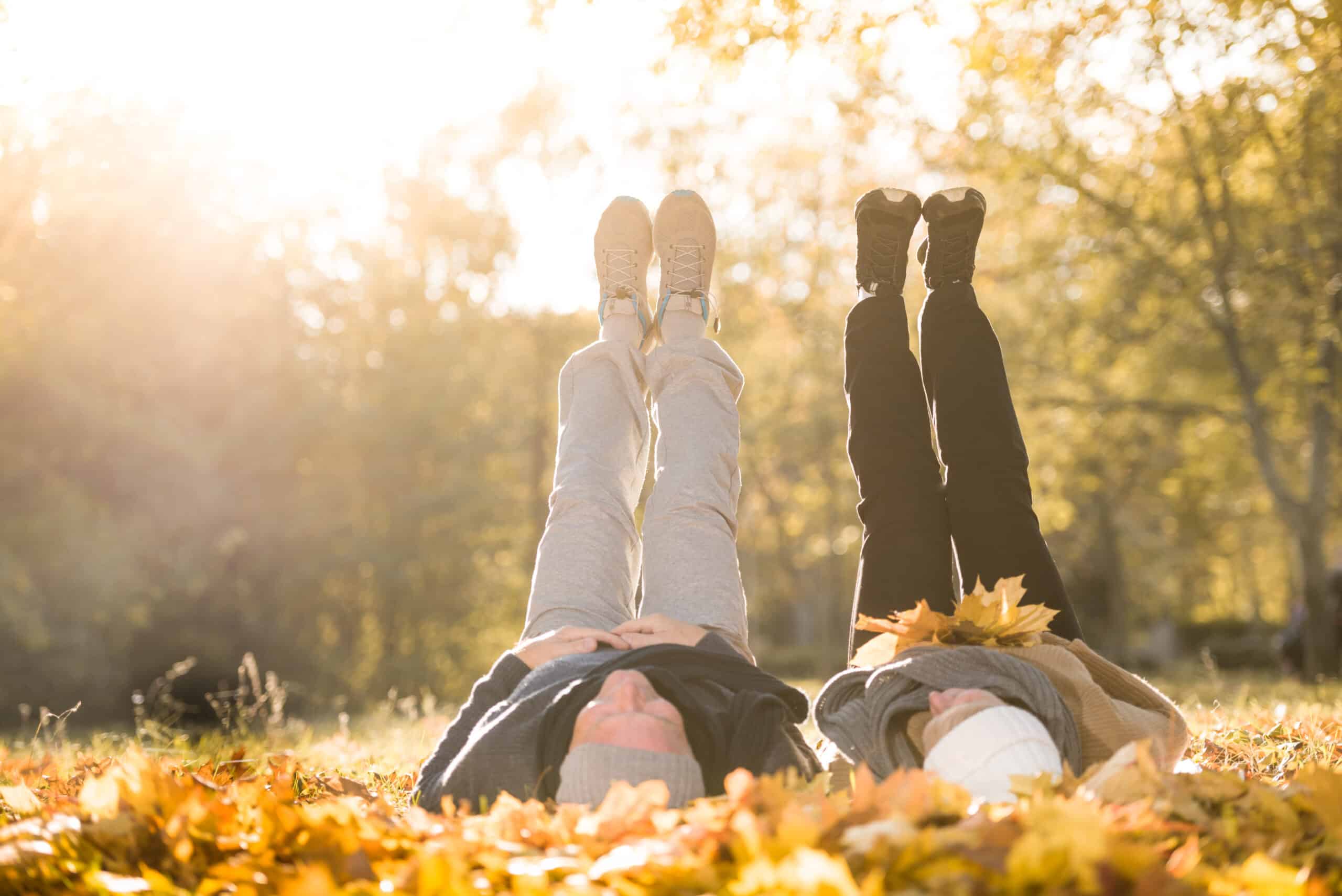This study analyzed case reports extracted from the local Municipal Health Commission of 320 prefectural municipalities in China between January 4-11, 2020, identifying all outbreaks involving 3+ cases and reviewed the major characteristics of the enclosed spaces in which the outbreaks were reported and associated indoor environmental issues.
318 outbreaks with 3 or more cases were identified involving 1245 confirmed cases in 120 prefectural cities. These were divided into 6 venues in which the outbreaks occurred : homes, transport, food, entertainment, shopping, and miscellaneous. Among the identified outbreaks 53.8% involved three cases, 26.4% involved four cases, and 1.6% involved ten or more cases.
The dominant category was home outbreaks at 214 of 318 outbreaks (79.9%), this was followed by transportation at 108 (34% many outbreaks in this area involved more than one venue category). Most home outbreaks involved 3-5 cases, and only a single outbreak in an outdoor environment venue was identified which involved two cases.
The researchers concluded that all identified outbreaks of 3+ cases occurred during an indoor environment/event, which confirms that sharing indoor space is a major SARS-CoV- 2 risk.
It really is not a surprise that stagnant indoor air has an increased chance of exposure than fresh outdoor air, as well as the virus having infinitely higher chances of surviving to transmit indoors. Fresh air will help to carry particles away, and during the warmer temperatures there is more direct sunlight that most viruses do not do well in. Going back to studies of the 1918 Spanish flu that showed more patients recovered in the outdoor air, which was suggested to act as a natural disinfectant along with the sunlight having germicidal properties; these act to support the current findings.
“The efficacy of open air treatment has been absolutely proven, and one has only to try it to discover its value,” stated the Surgeon General of the Massachusetts State Guard.
It would appear as if modern day may need to take a look back at the past and take a lesson from a former pandemic in which fresh air, sunlight, and improvised face masks worked a century ago. If you pair that with social distancing and proper hygiene of modern day they all might help us now, and allow some outdoor activities to reopen.
“Parks, beaches — as long as they’re not cheek to jowl, cycling, walking, this is good,” said Tom Frieden, the former director of the Centers for Disease Control and Prevention. “Enjoy nature. It’s good for us, and it has very low risk of spreading the virus.”
“It definitely spreads more indoors than outdoors,” said Roger Shapiro, a professor at Harvard University’s T.H. Chan School of Public Health. “The virus droplets disperse so rapidly in the wind that they become a nonfactor if you’re not really very close to someone outdoors — let’s say within six feet.”
“The virus can’t magically teleport,” said Amesh Adalja, a senior scholar at the Johns Hopkins University Center for Health Security. “It needs a cough or sneeze or something, singing, talking, spitting. … It’s not magnetism or something like that.”
“You can go to the beach, you can go to the park, and it can be safe,” he said. “It’s just you have to be cognizant of the fact that the virus is there,” said Adalja. “There’s not some kind of black or white answer to all of this stuff,” he said. “People are going to have to make a lot of decisions about what risk tolerance they have.”




